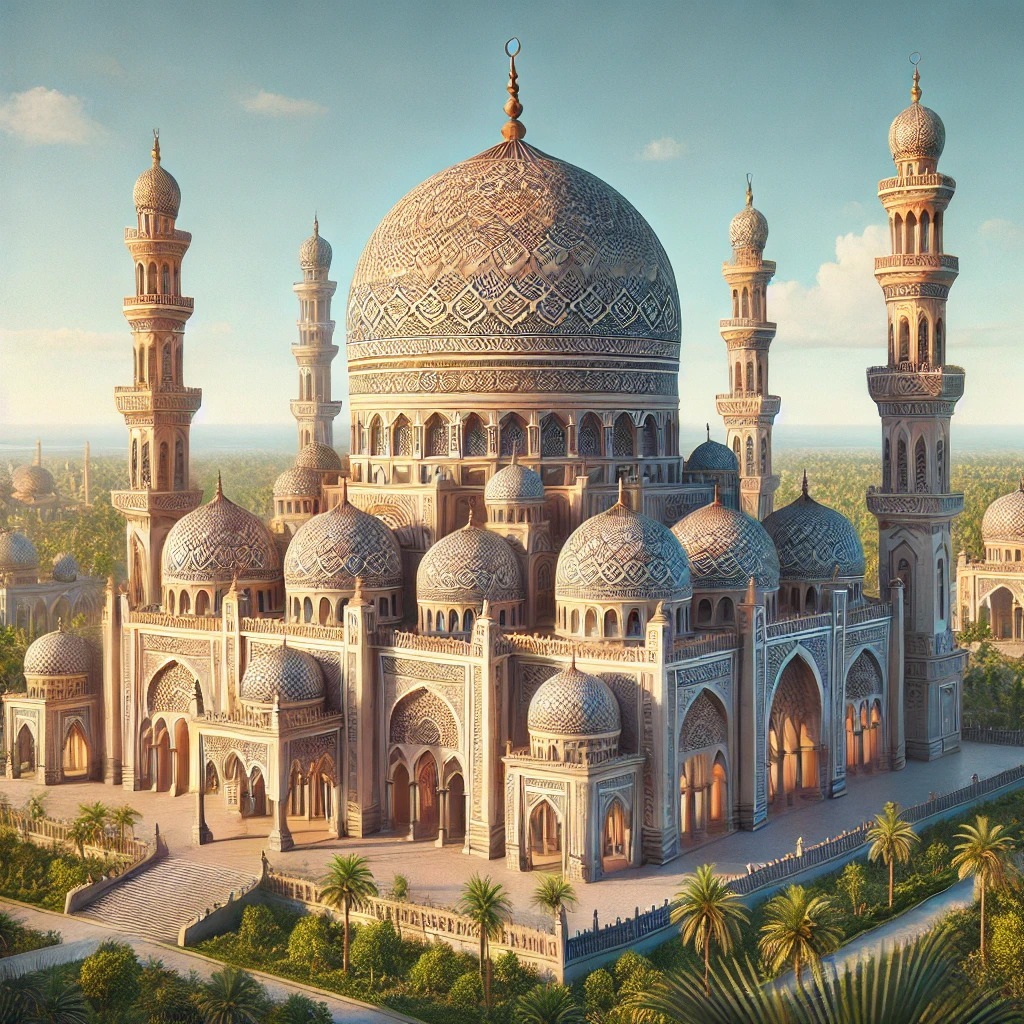


Masjid Gali Shamsuddin is a modest yet enduring local mosque nestled in the historic Zakhira neighborhood of Bareilly, Uttar Pradesh. Likely constructed in the 19th century during the peak of the Rohilla influence, it serves as a serene center for daily prayers and community gatherings, embodying the understated Islamic architectural heritage of the Rohilkhand region. With its simple prayer hall and minaret, it reflects the blend of Mughal and local styles that characterize many lesser-known mosques in northern India.
Bareilly, a city steeped in the multicultural legacy of the Rohilkhand region, boasts a rich tapestry of Islamic sites that trace their origins to the 16th and 17th centuries, when Afghan Rohilla chieftains established a vibrant cultural hub along the Ramganga River. Among these, Masjid Gali Shamsuddin stands as a quiet testament to the everyday spiritual life of the community in Zakhira, a densely populated locality known for its winding lanes and close-knit Muslim neighborhoods. Named after the narrow gali (alley) it occupies—Gali Shamsuddin, possibly honoring a local saint or benefactor—this mosque exemplifies the unpretentious yet resilient architecture of local Islamic worship spaces in 19th-century Uttar Pradesh. Historical records suggest the mosque was built around the mid-1800s, a period when Bareilly was under British colonial oversight following the Rohilla Wars of the 1770s, yet retained its Islamic ethos through private endowments and community initiatives. Unlike grander structures like the Shahi Jama Masjid in nearby Sambhal (erected in 1526 by Mughal emperor Babur), Masjid Gali Shamsuddin prioritizes functionality over opulence. Its compact layout features a rectangular prayer hall oriented toward the qibla, supported by sturdy brick walls typical of the era's lime-plastered construction, which withstands the region's humid subtropical climate. A modest minaret rises from one corner, allowing the muezzin's call to prayer to echo through the bustling streets of Zakhira, fostering a sense of continuity in daily ibadat (worship). The mosque's significance lies in its role as a neighborhood anchor, hosting not only the five obligatory salahs but also modest Jumu'ah congregations and occasional religious discourses. In the broader context of Bareilly's Islamic heritage—home to the influential Bareilly Sharif Dargah, mausoleum of the 19th-century scholar Ahmed Raza Khan Barelvi, founder of the Barelvi movement—this site underscores the decentralized nature of Sufi-influenced Islam in the area. Local traditions hint at its possible ties to the Punjabi Saudagaran-e-Delhi merchant community, who migrated to Bareilly in the 17th century under Mughal patronage and contributed to numerous small-scale religious edifices. Though not a major pilgrimage destination, it preserves artifacts like inscribed wooden mihrabs and arched doorways that evoke the syncretic artistry of Rohilla builders, blending Persian motifs with indigenous craftsmanship. Today, Masjid Gali Shamsuddin remains an active place of reflection amid Bareilly's urban evolution, drawing residents for its tranquil courtyard and the subtle aroma of attar during taraweeh prayers in Ramadan. It symbolizes the enduring spirit of grassroots Islamic devotion in India, where even humble locales like Zakhira harbor echoes of a storied past.
Year of Built: Not Available
Address: 9C84+37X, Phoota Darwaza Gali, Bari Bamanpuri, Zakhira, Bareilly, Uttar Pradesh 243003
Country: India
State: Uttar Pradesh
District: Bareilly
Pincode: 243003
Longitude: 79.4019° E
Latitude: 28.3642° N